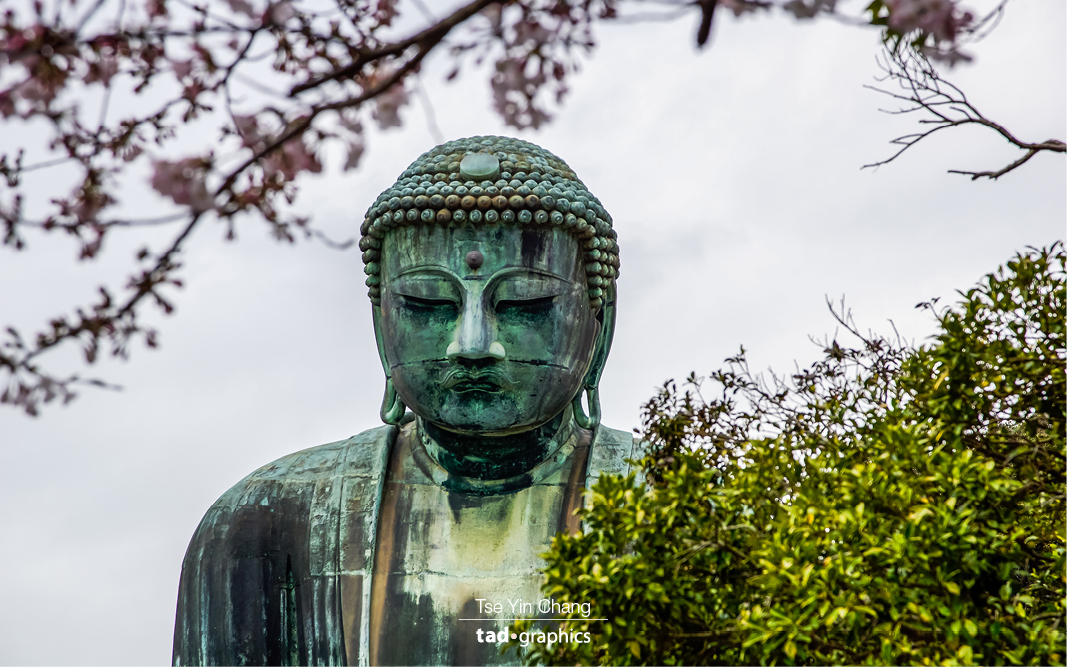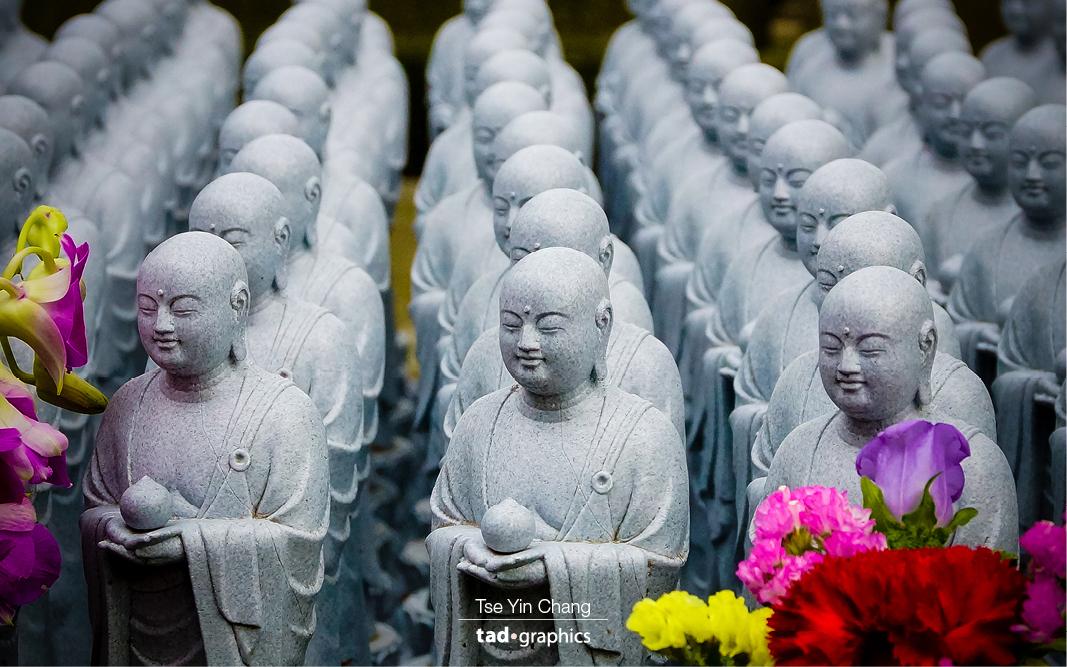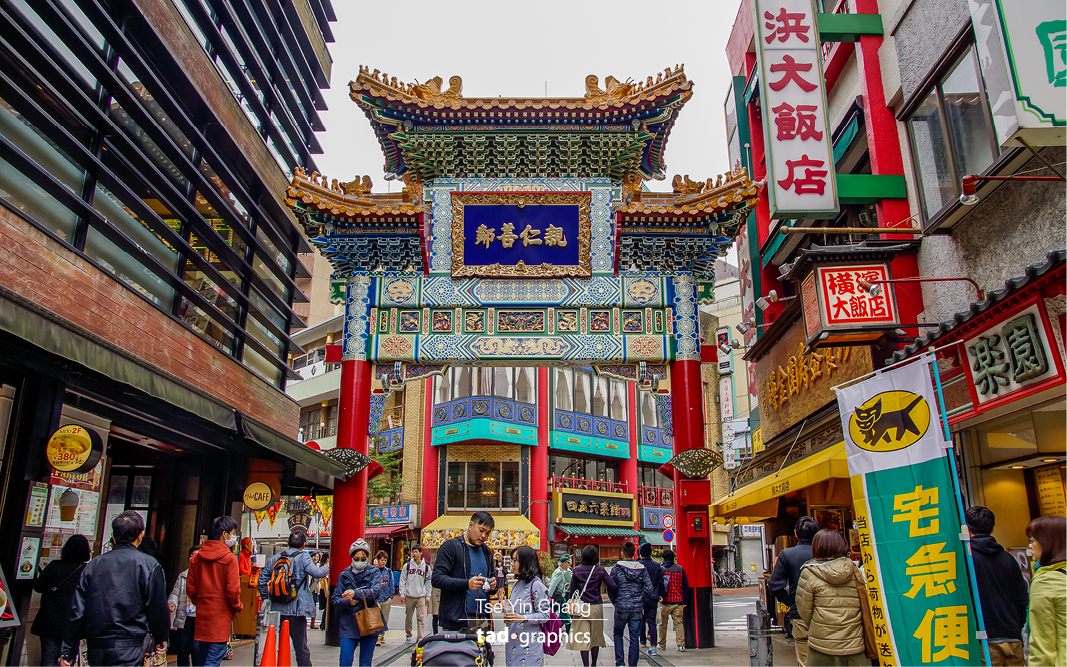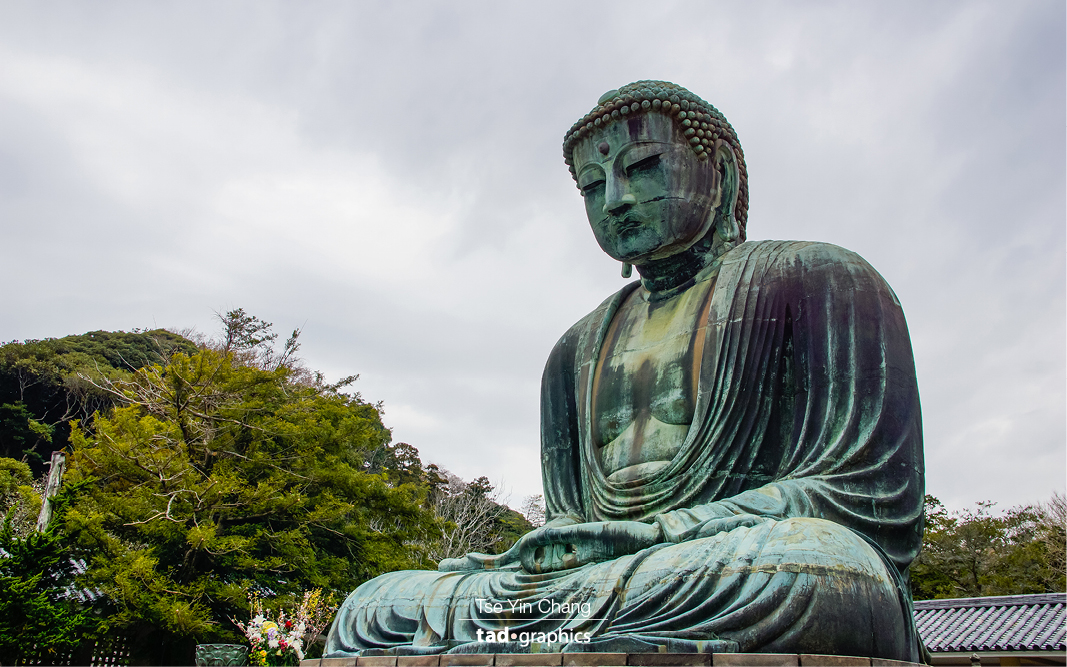
Kamakura is one of Japan’s most popular tourist destinations thanks to its long history and coastal location. There is an abundance of things to see in and around the city, and it has a reputation for having a relaxed atmosphere. Its proximity to other major cities such as Tokyo and Kyoto make it a great day trip, and its many temples, shrines, and statues can be counted among the best in the country.
Since almost the time when Japan was first settled, Kamakura has been an important place. The earliest evidence of human habitation dates from around 10,000 years ago and some of its oldest temples were built at least 1400 years ago. It was during the first few centuries of the last millennium however that the city really started to come into its own. Between 1192 and 1333 it was home to Japan’s first shogun and therefore was the de facto capital of the country. This period is in fact known as the Kamakura period by historians due to the city’s importance at the time.
During the Kamakura period, many beautiful temples and shrines – both Buddhist and Shinto – were built and some of them can still be visited today. These are dotted around the city so if you want to see a few of them, make sure you plan your time or spend at least a couple of days there.
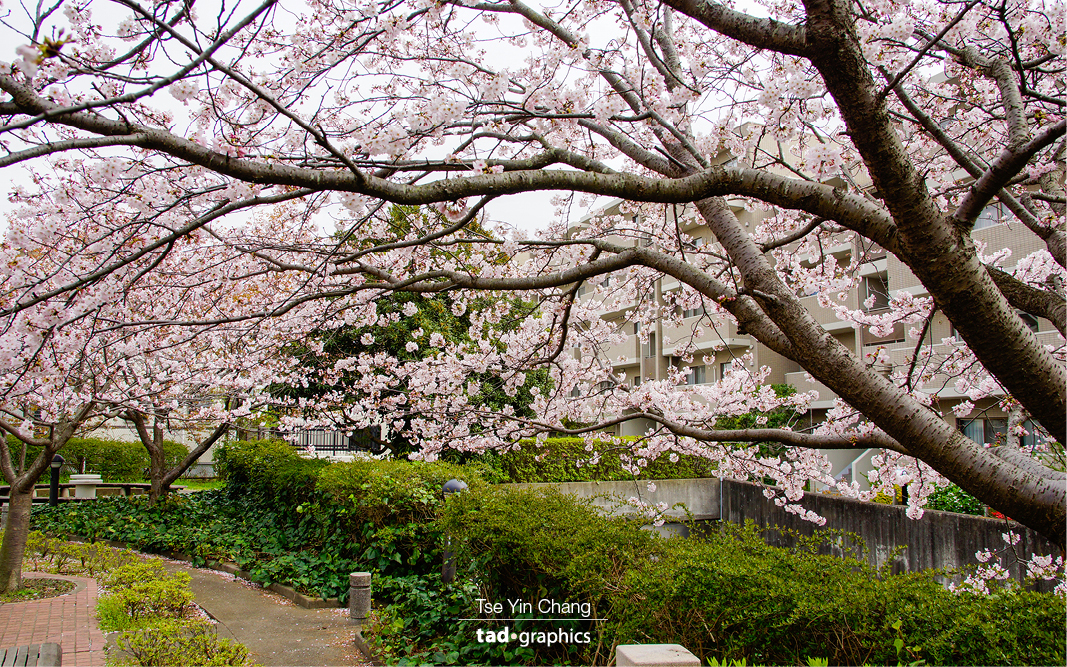
Probably the most popular tourist attraction however, is the giant Buddha which takes pride of place in the grounds of Kotoku-in temple. Built in 1252, it is made from bronze and at over thirteen meters tall, is the third largest statue in Japan. Today it sits in the open air, but originally it was housed inside a temple which was destroyed in 1498 by a tsunami. The elements have bleached the metal a light shade of green but in the past it was gilded with gold leaf. This doesn’t make it any less beautiful however, and it is an impressive piece of craftsmanship. The lifelike way in which the folds of the Buddha’s clothes have been sculpted is a testament to the finese of medieval Japanese artwork.
Five minutes walk from the Buddha is Hase Kannon, another of the city’s biggest tourist attractions. This is where the biggest wooden statue in Japan can be found (depicting Kannon – a Buddhist deity), as well as a museum, temple, and gardens. The museum is home to various Buddhist artefacts including a centuries old temple bell and a large collection of sculptures. The garden is an extremely peaceful place is if you visit at the right time of year, you can either see the pink cherry blossom or the fiery oranges and yellows of the autumn leaves.
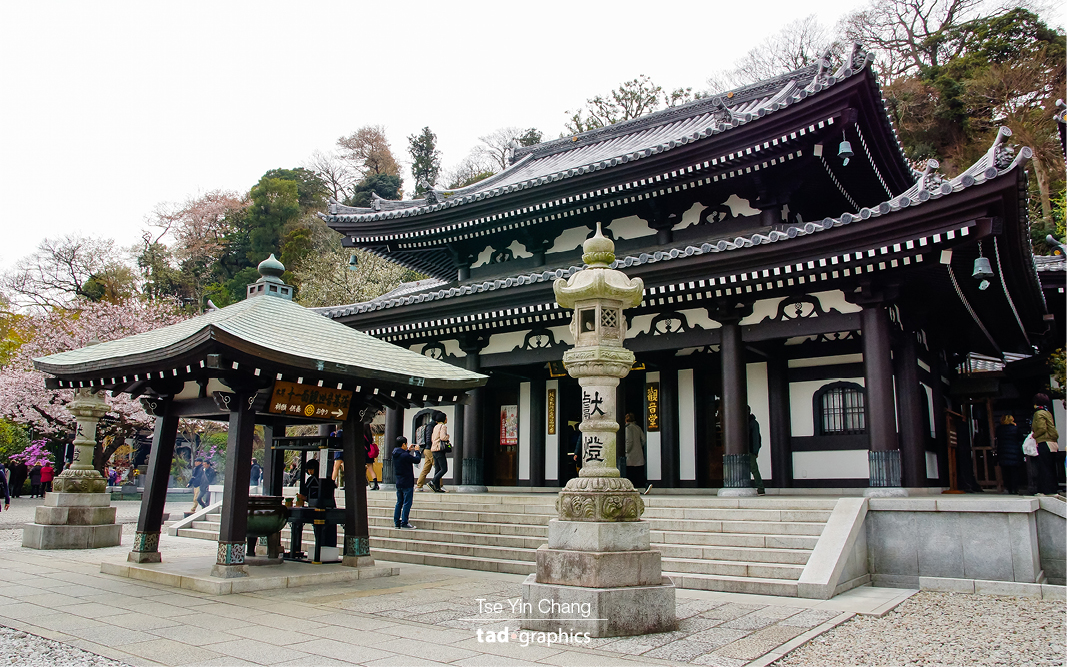
Another reason for visiting Kamakura is decidedly less spiritual. Its beaches are some of the best in Japan and make great spots for relaxing, sunbathing, and swimming. Many people come here to surf, and the waves are great for beginners looking to ease themselves into the sport. Shichirigihama is one of the most popular stretches of sand, and one clear days it has dramatic views of Mount Fuji. Inamuragasaki is another well-loved beach, known for its sunsets, and it was the setting for the Japanese film Inamura Jane.
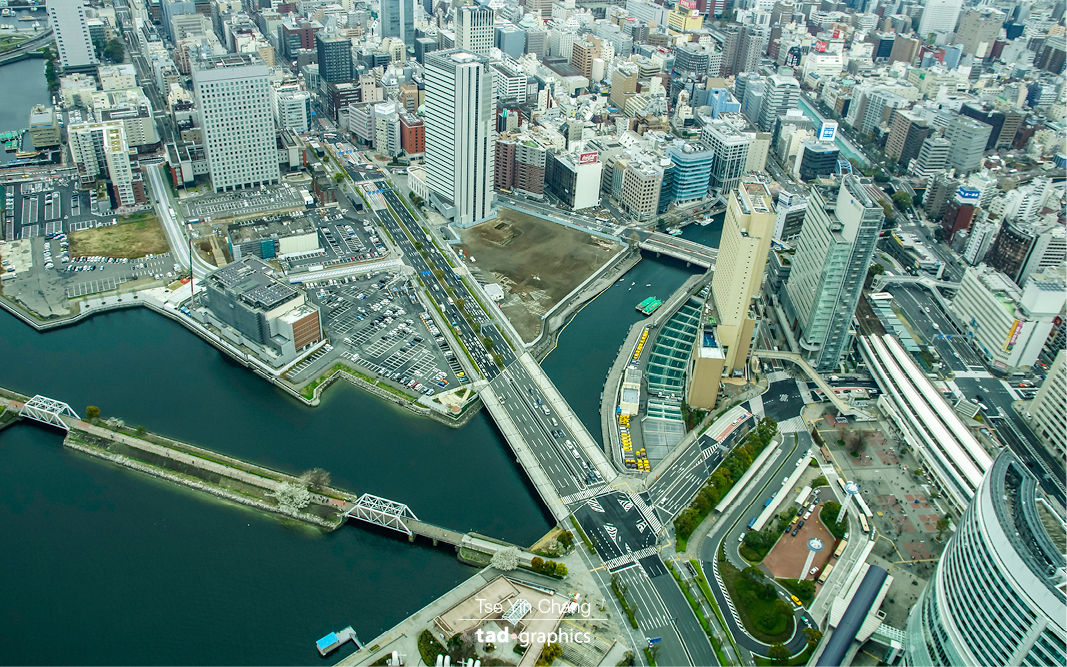
If you plan on going further afield, there are a few places worth visiting which are within an easy distance of Kamakura. The city of Yokohama is very close, and being the second largest city on the country, there is plenty to see there. Whether you want visit Chinatown, see the largest inland lighthouse in the world, or go shopping, you can do it there. Just outside the city is the Taya cavern – a vast network of man-made caves dug by Buddhist monks to create a quiet place to train new initiates into their ranks. Tokyo is not far away, and there are also lots of opportunities to go hiking, climbing, or kayaking in the nearby mountains.
See also:
- Adventures in Japan – chasing cherry blossom – Part 1: Osaka and Nara
- Adventures in Japan – chasing cherry blossom – Part 2: Kyoto
Prints from my Japan photo collection are available in a variety of different sizes and framing options. Please get in touch to find out more.
